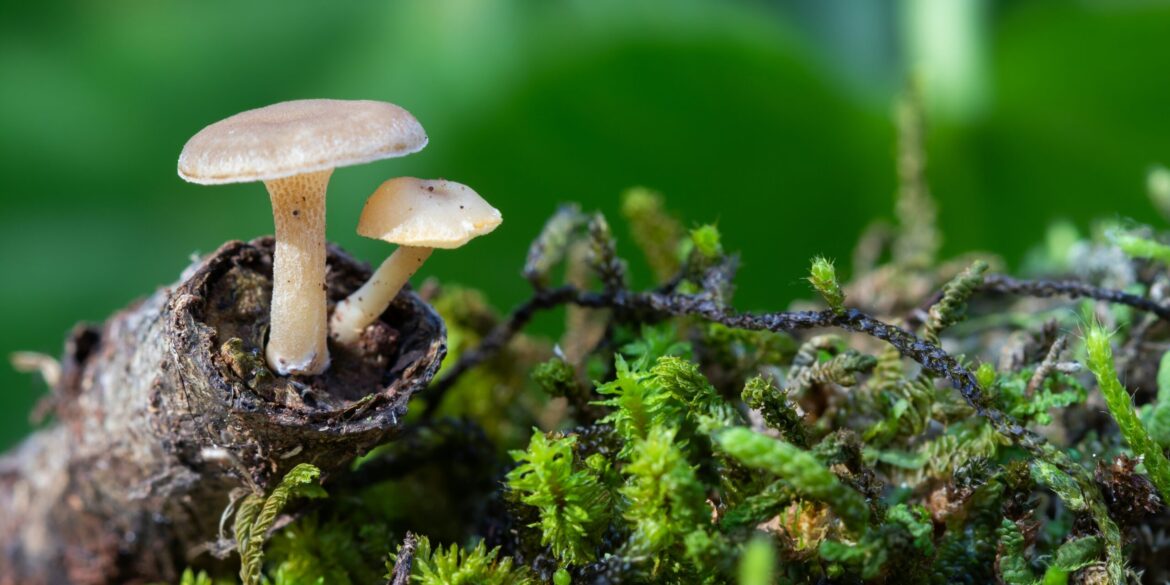In a remarkable scientific breakthrough, researchers have transformed Aspergillus flavus, a fungus historically associated with ancient tombs and known for producing toxic compounds, into a potential source of cancer-fighting agents. This discovery, announced on June 23, 2025, underscores the untapped potential of natural organisms in advancing medical treatments.
Aspergillus flavus is a saprotrophic and pathogenic fungus with a cosmopolitan distribution. It is best known for its colonization of cereal grains, legumes, and tree nuts. Many strains produce significant quantities of toxic compounds known as mycotoxins, which, when consumed, are toxic to mammals. Notably, it produces aflatoxins, which are among the most potent natural carcinogens known. These toxins have historically posed significant health risks, especially in regions where food storage conditions are suboptimal.
Despite its notorious reputation, recent studies have revealed that certain compounds derived from A. flavus exhibit potent anti-cancer properties. Researchers have identified specific metabolites produced by the fungus that can selectively target and inhibit the growth of aggressive tumor cells. This finding opens new avenues for oncology research, particularly in developing treatments for cancers that are resistant to conventional therapies.
The journey from identifying a toxic fungus to harnessing its therapeutic potential is emblematic of the broader scientific endeavor to find novel treatments in unexpected places. Natural products have long been a source of medicinal compounds; for instance, the chemotherapy drug paclitaxel was originally derived from the Pacific yew tree. Similarly, the discovery of penicillin from the mold Penicillium notatum revolutionized the treatment of bacterial infections.
The current research into A. flavus builds upon this tradition, demonstrating that even organisms previously deemed harmful can offer significant medical benefits when studied in depth. By isolating and modifying the bioactive compounds produced by the fungus, scientists aim to develop new drugs that can effectively combat cancer cells while minimizing harm to healthy tissues.
Further clinical trials are underway to assess the safety and efficacy of these compounds in human patients. If successful, this could lead to the development of a new class of anti-cancer drugs derived from fungal metabolites. Such treatments would be particularly valuable in addressing cancers that have limited treatment options or have developed resistance to existing therapies.
This discovery also highlights the importance of biodiversity and the need to preserve various ecosystems. Many organisms, including fungi, produce unique compounds that have evolved over millions of years, often as defense mechanisms or to outcompete other species. These compounds can serve as templates for drug development, offering novel mechanisms of action that differ from existing medications.
In conclusion, the transformation of Aspergillus flavus from a feared contaminant to a potential ally in cancer treatment exemplifies the innovative approaches scientists are taking to combat complex diseases. By exploring and understanding the natural world, researchers continue to uncover new tools in the fight against cancer, offering hope for more effective and targeted therapies in the future.

